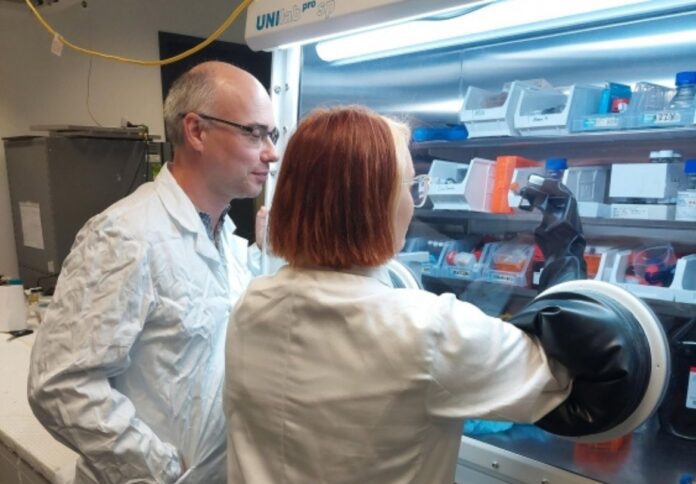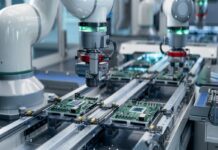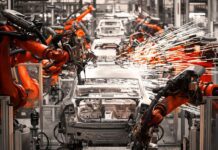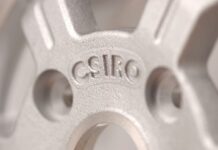
Researchers from the UNSW Science School of Chemistry have developed a new technique for creating tiny 3D materials that could potentially help make cheaper and more sustainable fuel cells like hydrogen batteries.
In a study published in Science Advances, the scientists demonstrated that it is possible to sequentially grow interconnected hierarchical structures in 3D at the nanoscale, enabling unique chemical and physical properties to support energy conversion reactions.
Through conventional methods, scientists have faced challenges to replicate 3D structures, with metal components on the nanoscale.
“To date, scientists have been able to assemble hierarchical-type structures on the micrometre or molecular scale,” said Professor Richard Tilley, director of the Electron Microscope Unit at UNSW and senior author of the study.
In order to get to the level of precision needed to assemble the structures on the nanoscales, the researchers sought to develop a novel bottom-up solution.
Researchers used chemical synthesis, which is an approach that constructs complex chemical compounds from simpler ones.
“This new method allows us to have excellent control over the conditions, which lets us keep all of the components ultra-small – on the nanoscale – where the unique catalytic properties exist,” said Dr Lucy Gloag, a Postdoctoral Fellow at the School of Chemistry at UNSW Science.
The new 3D nanostructures are engineered to expose more atoms to the reaction environment, allowing for more efficiency and effective catalysis for energy conversion, according to Tilley.
“If this is used in a fuel cell or battery, having a higher surface area for the catalyst means the reaction will be more efficient when converting hydrogen into electricity,” Tiley added.
In the next phase of the research, proponents will look into modifying the surface of the material with platinum, which is a superior catalytic metal though more expensive. About a sixth of the cost of an electric car alone is the platinum powering the fuel cells.




















